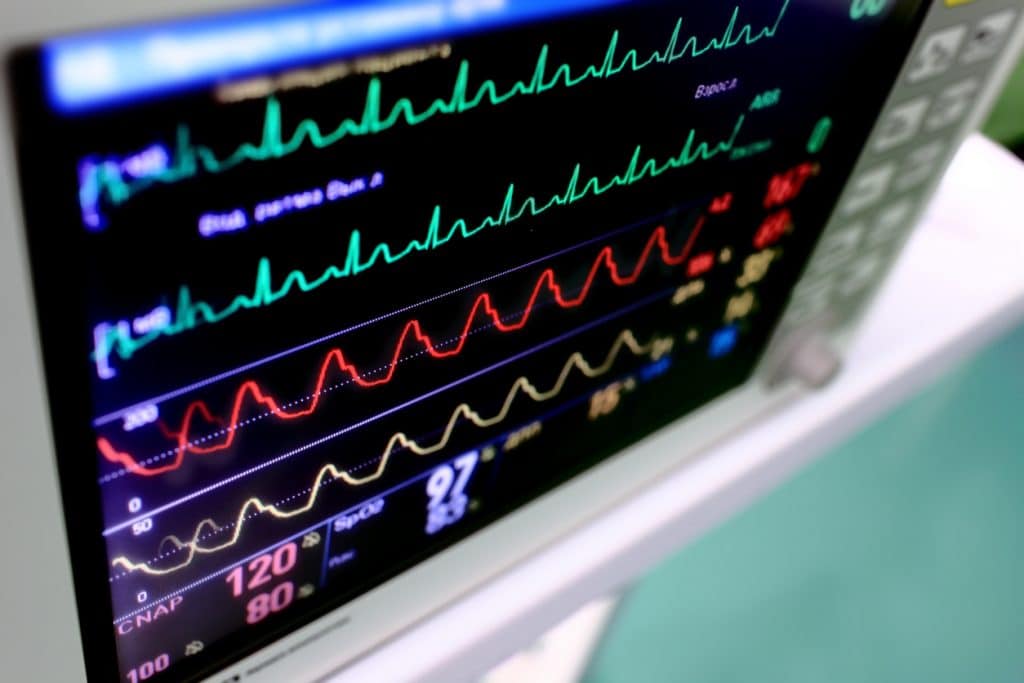Intra-aortic Balloon Pump Does not Influence Cerebral Hemodynamics and Neurological Outcomes in High-risk Cardiac Patients Undergoing Cardiac Surgery: an Analysis of the IABCS Trial

Background
The intra-aortic balloon pump (IABP) is often used in high-risk patients undergoing cardiac surgery to improve coronary perfusion and decrease afterload. The effects of the IABP on cerebral hemodynamics are unknown. We therefore assessed the effect of the IABP on cerebral hemodynamics and on neurological complications in patients undergoing cardiac surgery who were randomized to receive or not receive preoperative IABP in the ‘Intra-aortic Balloon Counterpulsation in Patients Undergoing Cardiac Surgery’ (IABCS) trial.
Methods
This is a prospectively planned analysis of the previously published IABCS trial. Patients undergoing elective coronary artery bypass surgery with ventricular ejection fraction ≤ 40% or EuroSCORE ≥ 6 received preoperative IABP (n = 90) or no IABP (n = 91). Cerebral blood flow velocity (CBFV) of the middle cerebral artery through transcranial Doppler and blood pressure through Finometer or intra-arterial line were recorded preoperatively (T1) and 24 h (T2) and 7 days after surgery (T3) in patients with preoperative IABP (n = 34) and without IABP (n = 33). Cerebral autoregulation was assessed by the autoregulation index that was estimated from the CBFV response to a step change in blood pressure derived by transfer function analysis. Delirium, stroke and cognitive decline 6 months after surgery were recorded.
Results
There were no differences between the IABP and control patients in the autoregulation index (T1: 5.5 ± 1.9 vs. 5.7 ± 1.7; T2: 4.0 ± 1.9 vs. 4.1 ± 1.6; T3: 5.7 ± 2.0 vs. 5.7 ± 1.6, p = 0.97) or CBFV (T1: 57.3 ± 19.4 vs. 59.3 ± 11.8; T2: 74.0 ± 21.6 vs. 74.7 ± 17.5; T3: 71.1 ± 21.3 vs. 68.1 ± 15.1 cm/s; p = 0.952) at all time points. Groups were not different regarding postoperative rates of delirium (26.5% vs. 24.2%, p = 0.83), stroke (3.0% vs. 2.9%, p = 1.00) or cognitive decline through analysis of the Mini-Mental State Examination (16.7% vs. 40.7%; p = 0.07) and Montreal Cognitive Assessment (79.16% vs. 81.5%; p = 1.00).
Conclusions
The preoperative use of the IABP in high-risk patients undergoing cardiac surgery did not affect cerebral hemodynamics and was not associated with a higher incidence of neurological complications.
